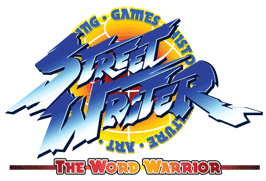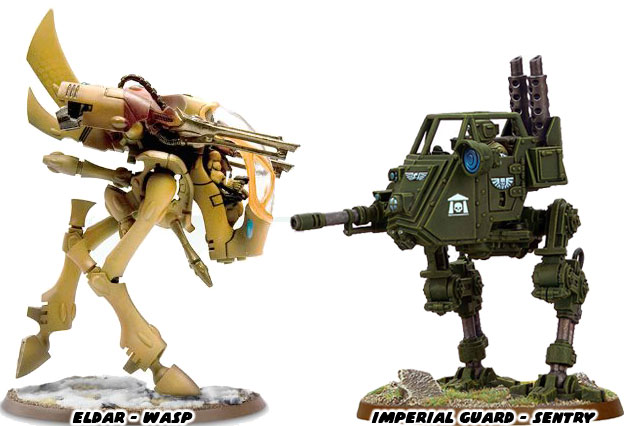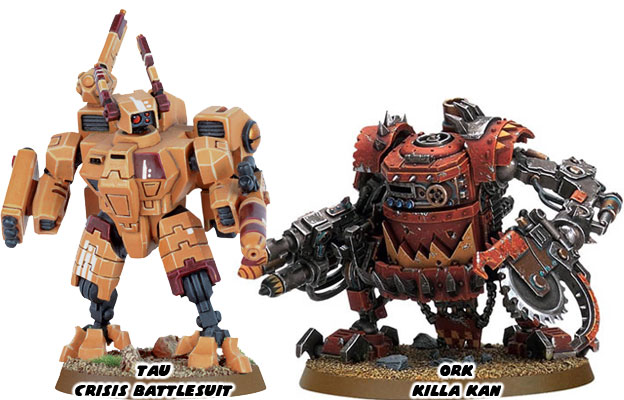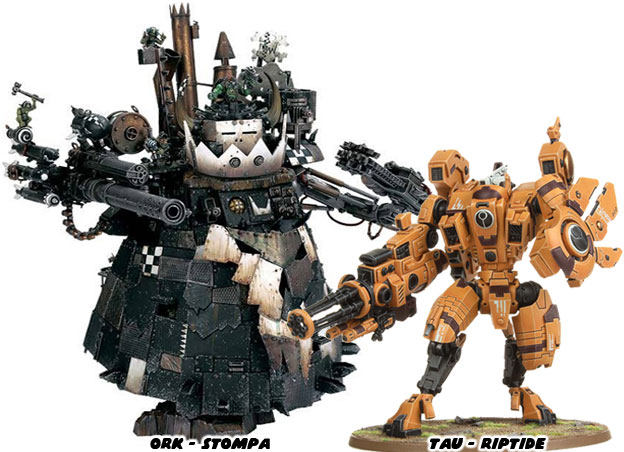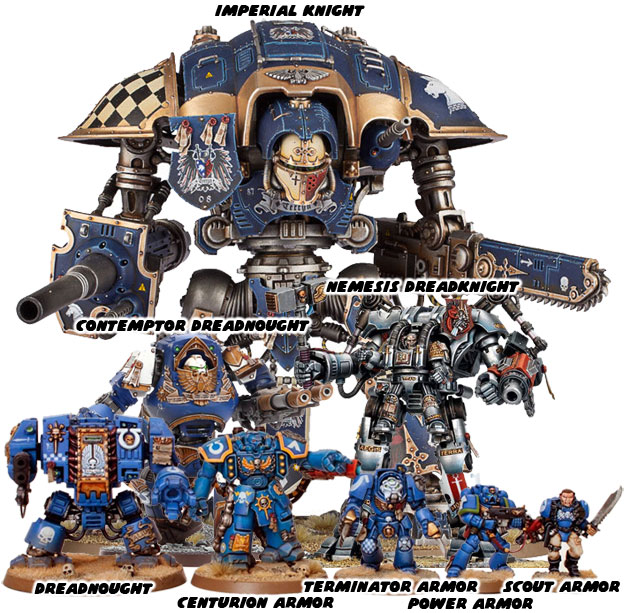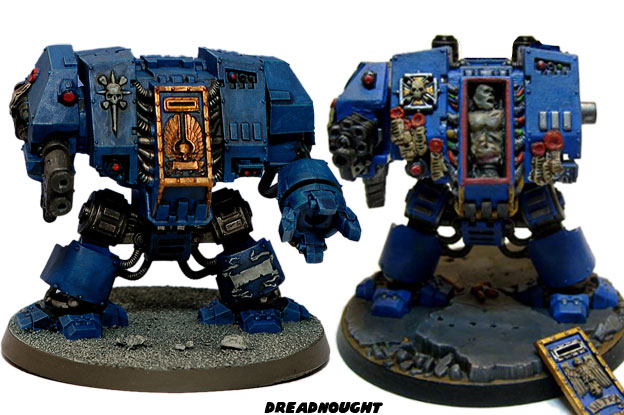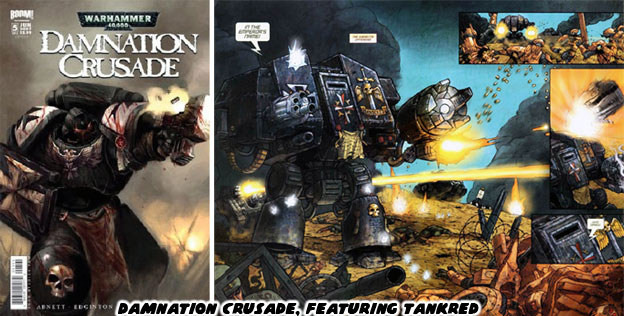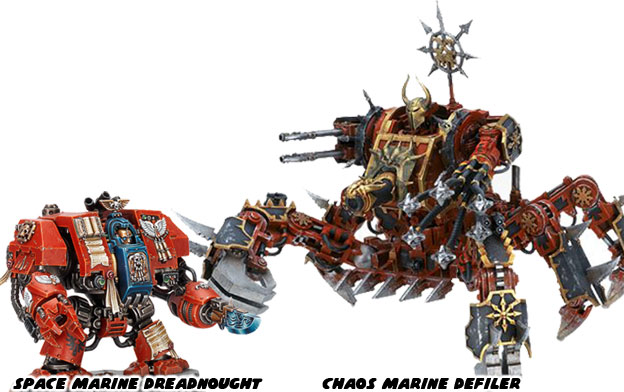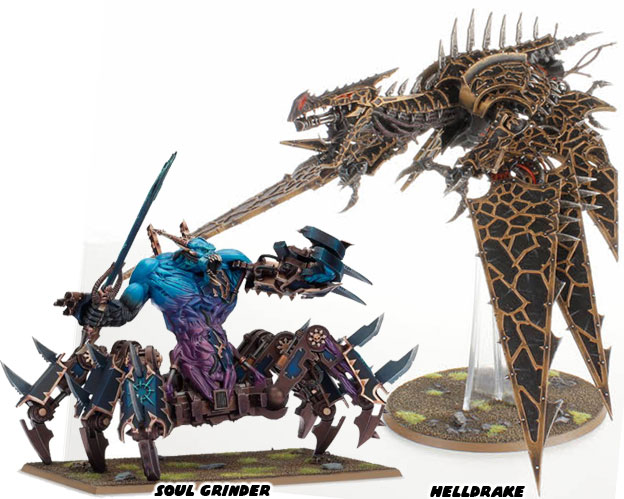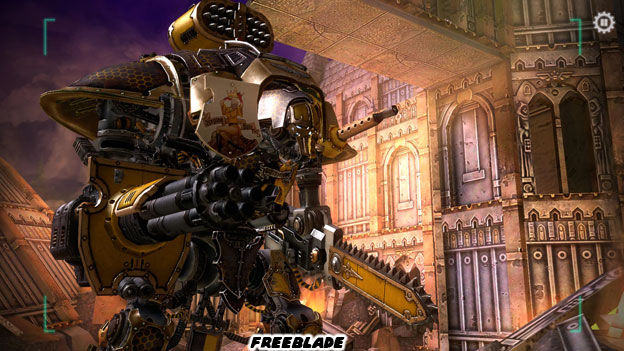In the previous blog I talked about how Marvel's Secret Wars was as influential to the development of the Contest of Champions mobile game as any other Marvel story arc. It was not however what I believe to be the most influential crossover event in '80s comic book history. That title would belong to DC comics. Writer Marv Wolfman did not like the different versions of the DC universe characters occupying the same space. Unless you had been following the DC comics for a long time you didn't necessarily know that Superman and Superboy were two different characters occupying two different Earths. You simply assumed that before Clark Kent became Superman he was naturally Superboy. There was actually a long-standing legal battle around who owned the rights to Superboy. To compound things there were different dimensions and different timelines happening where Clark landed on Earth in the '20s or '30s and thus interacted with different historical characters. Superman had been given lots of nonsensical powers through the years, super ventriloquism, super face shifting, super hypnosis, etc. There were also dimensions where there was a super dog (Krypto), a super horse (Comet), and even super cat (Streaky). To try and make sense of it all, de-power Superman and others, and streamline the DC canon Wolfman, artists George Perez, John Byrne, and the editors at DC agreed on an ultimate crossover, the Crisis on Infinite Earths.
What set Crisis apart from every other comic book crossover at the time was the finality of the events. Whatever the outcome it would determine which characters remained in publication, which "Earth" was officially canon and who lived or died. Thus when Barry Allen, the Flash, passed away it was a sacrifice that meant something to an entire generation of readers. His protege' Wally West, the Kid Flash, would have to become the new Flash. Comic books were starting to "grow up" and writers like Wolfman and Alan Moore made sure to write some complex and mature material that forever changed the way comics would be presented. In the Crisis series a villain named the Anti-Monitor was collapsing dimensions in his wake. Each alternate timeline, or dimension was labeled with a number. This is where you might have heard things like Earth-1, Earth-2, Earth-Prime, etc. Imagine that in one Earth it was perpetually World War II, or that in a different Earth the Justice League was made up of criminals. It was a lot for fans to keep track of so DC needed to sort things out. Wolfman was using the gigantic Anti-Monitor as a sledgehammer to shatter each Earth. The fan-favorite characters that survived the onslaught managed to do so by traveling from Earth to Earth and joined all of the heroes for one final stand. If you are relatively new to comic books but have been to a movie theater in the past decade then this might sound like a familiar idea. Marvel had also created their own universe smasher and this one went by the name of Thanos.
The roots of Thanos and how he was worked into the mobile game Marvel Contest of Champions was inspired. In the previous blog I mentioned that the events in Secret Wars and the original Contest of Champions had a hand in shaping the development of the mobile game. But it went much deeper than that. Those comic runs from the early '80s focused mainly on the traditional Marvel heroes and villains, whereas DC had brought forward the idea of a battle royal across different dimensions, or the multiverse. In 2018 Sony Animated Pictures brought audiences the wonderful Spider-Man Into the Spider-verse. It helped introduce the concept of the multiverse to Marvel fans. Long time comic book readers knew that there were different Earths as well. Except they went by a different numbering system than DC. It was something that Alan Moore and Alan Davis made up. They called the traditional Marvel universe Earth-616, the events from other comics took place on other Earths, for example there were many different versions of Spider-Man. In one world we had Peter Parker, in another there was Penny Parker (Earth-14512) or Gwen Stacy (Earth-65).
There was a punk rock Spider-Man, the militant Hobart Brown from Earth-138. He wore sneakers and had spikes on his mask. There was Earth-8311 where all the Marvel heroes were cartoon animals, including the Goose Rider, Captain Americat, the Incredible Hulk Bunny and of course Peter Porker the Spectacular Spider Ham. These characters often appeared in one-shot comics or short run series, never to be seen again. Fans never forgot these characters and neither did the writers and editors at Marvel. They were waiting for just the right story to tell. Many of these alternate realities went into the Spider-Verse comic book run in 2014 and the Spider-Geddon follow up in 2019. The popularity of the original run gave Sony the inspiration to pursue an animated feature. Hopefully you have seen it because it is more than a great comic book film, or a great animated film, but because it is simply was a great film. MMC does feature the Peter Parker, Miles Morales and Gwen Stacy versions of Spider-Man but Marvel went much deeper than that.
There were many other alternate timelines in the Marvel U where heroes were not quite how you remembered them. There was the Fear Itself timeline, a crossover from 2011, where some heroes, and villains were given magical hammers. Similar to Mjolnir, Thor's hammer. Except the hammers possessed the bearer, and caused them to wreak havoc on the Earth. The mastermind behind this was Cul Borson, the evil elder brother of Odin. Then there was the Infinity Wars from 2018. This timeline had all sorts of weird twists. It was the dimension where Steve Rogers became the Soldier Supreme during WWII, and when Tony Stark was actually Tony Odinson. He created the enchanted Iron Hammer armor. These versions did make it into the mobile game Marvel Future Fight by Netmarble Games. Incorporating the idea of multiverse was really where the Contest of Champions shone.
The game from Kabam took cues from the live action films and television shows. Since the game took place during a nebulous period, far outside of whatever was currently happening in any one particular comic book it allowed characters from the past, future, and essentially any dimension to exist at the same time. For a Marvel fan this was the ultimate experience. Fans didn't have to worry about being locked into one canon, one continuity, one version of their beloved heroes and villains. For example fans of the Hulk could actually take on the roles of at least three different versions of the Green Goliath. There was the classic green Hulk, the grey mob enforcer "Mr. Fixit" persona and even the evil future version known as The Maestro. Kabam had opened the floodgates for what it meant to be compete against other champions. The path that the company took and how they pulled the Marvel continuity into uncharted waters was nothing short of genius. We'll explore the adaptation process in the next blog. As always if you enjoyed this blog and would like to sponsor me please visit my Patreon page and consider donating each month, even as little as $1 would help make better blogs and even podcasts!
